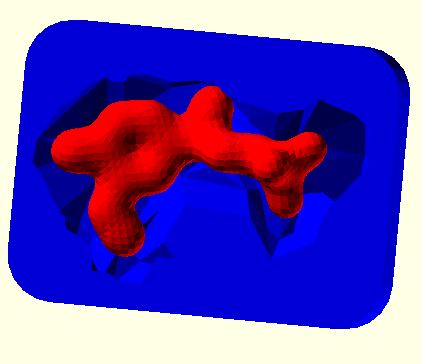Emily Ellis/Sandbox
From Proteopedia
(Difference between revisions)
| Line 32: | Line 32: | ||
When salbutamol acts in the body, it does so by binding to a receptor in the cell membrane. Receptors help to communicate between the outside of the cell and the inside of the cell, much like a window or a door bell helps people in a house learn about what is going on outside. The receptor salbutamol binds to is a protein called the <scene name='61/611451/Adrenergic_receptor/6'>adrenergic receptor</scene>. | When salbutamol acts in the body, it does so by binding to a receptor in the cell membrane. Receptors help to communicate between the outside of the cell and the inside of the cell, much like a window or a door bell helps people in a house learn about what is going on outside. The receptor salbutamol binds to is a protein called the <scene name='61/611451/Adrenergic_receptor/6'>adrenergic receptor</scene>. | ||
| - | It's a big molecule, and salbutamol is difficult to see because it is surrounded by the receptor. Use the links below to "shave away" parts of the molecule for a better look inside | + | It's a big molecule, and salbutamol is difficult to see because it is surrounded by the receptor, especially if we show name='61/611451/Adrenergic_receptor/7'>all the atoms</scene>. Use the links below to "shave away" parts of the molecule for a better look inside |
*<jmol> | *<jmol> | ||
Revision as of 16:59, 7 December 2014
Two 3D printed objects and a box
A drug and its mirror image
Are the molecules shown on the left below and on the right identical, or are they different from each other? You can rotate the molecule on the right with your mouse to match the molecule on the left.
| |||||||||||
Leftovers
.


